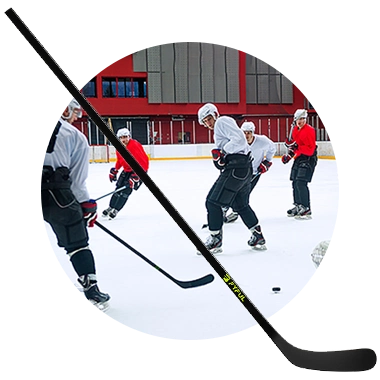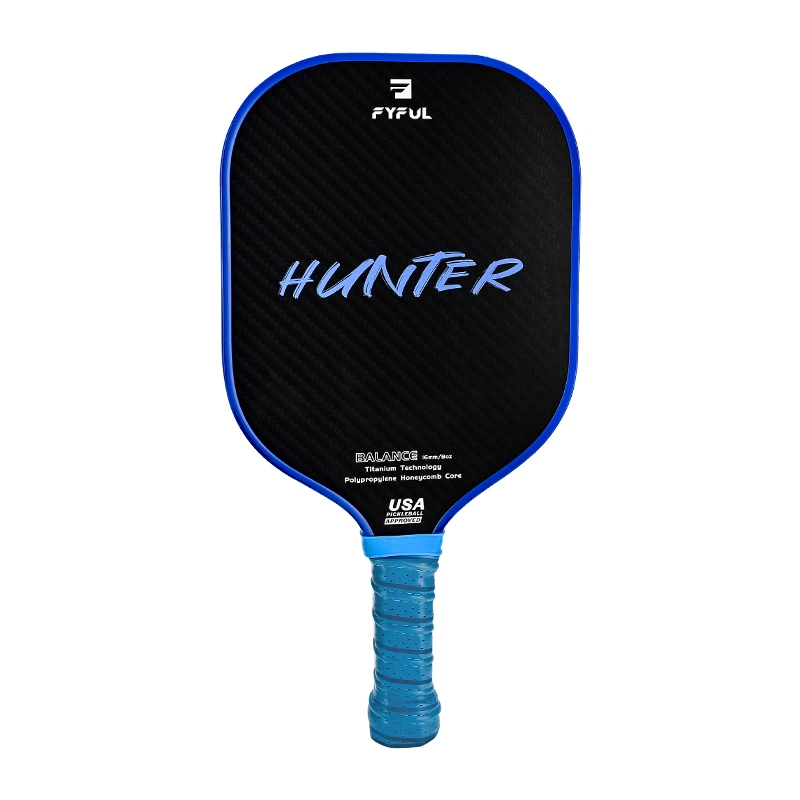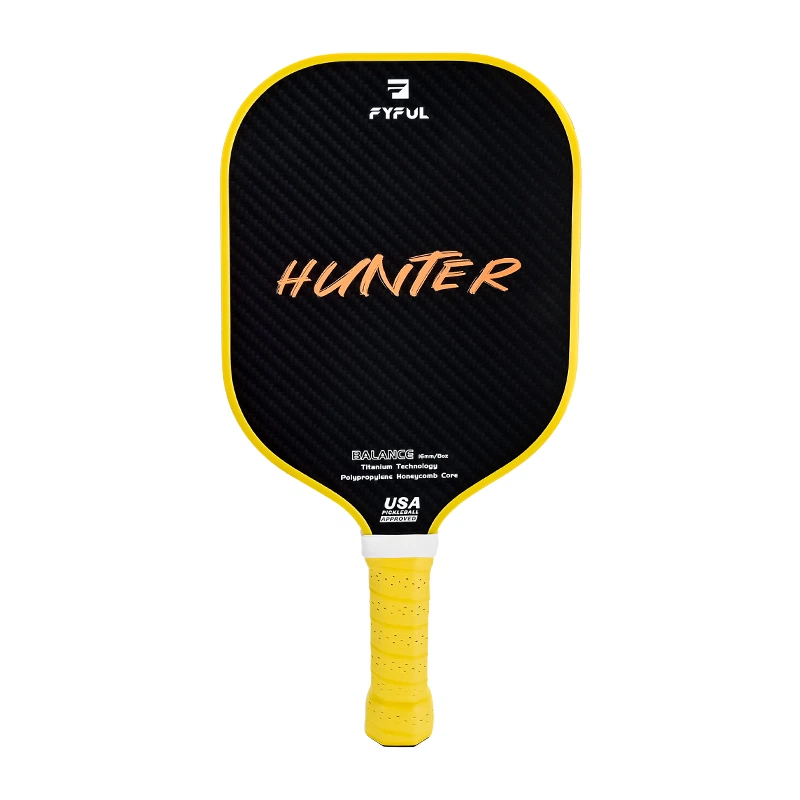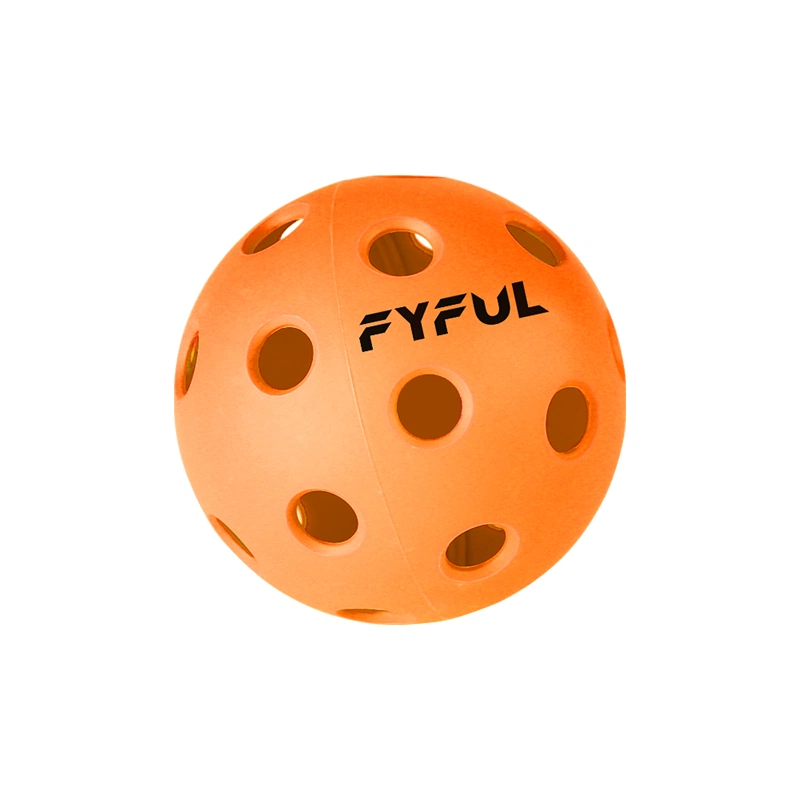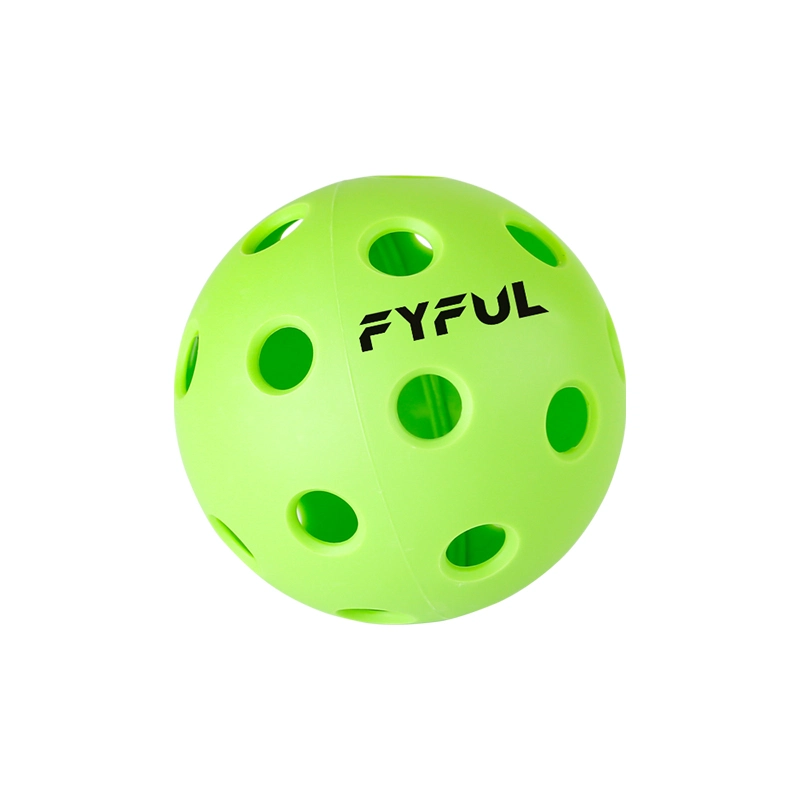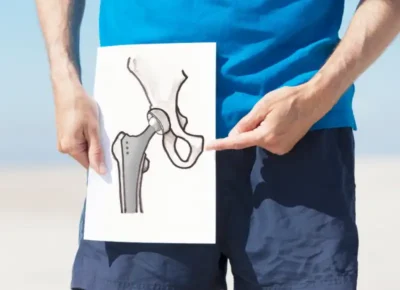Table of Contents
Many physical therapists and orthopedic surgeons recommend low-impact sports like pickleball to help with recovery and strengthen muscles after a knee or hip replacement surgery.
That’s because pickleball is easy to learn and play and fit for people of all ages, providing a socially engaging way to train the body and improve overall health and fitness.
Fundamentally, pickleball is a lot like tennis. However, the pickleball court is relatively shorter than a tennis court, and the sport requires less running and force. Unlike tennis, you don’t need high strength to swing a tennis racquet or whip the ball across the court.
As compared to tennis, in pickleball, the long racquets are replaced by shorter and lighter paddles, while the ball is also a lightweight, perforated kind.
These factors make pickleball a perfect sport for people who have undergone total hip or knee replacement surgeries.

What to Expect After Knee Replacement Surgery?
The chances are your orthopedic surgeon, or physical therapist won’t say no to playing pickleball after surgery, given you have completed your recovery and regained mobility in your joint.
That said, they may recommend you practice caution to limit stress on your replaced joint by avoiding sudden movement and prolonged play. You can expect to recover completely after your knee surgery in a period of 3 to 6 months.
However, it is best to ask or consult with your therapist or surgeon to know when it would be ideal for you to return to pickleball. Every individual is built differently, and the only person who can tell you when is the expert who knows your overall health condition and recovery progress.
Remember, 3 to 6 months is the average recovery period, and some even take a year to regain the required stability, strength, endurance, and mobility to play pickleball. Always remember that your body needs time to recover, so it’s key to take it slow and listen to your body
Also, it is essential to ease your way back into the game. Start by playing doubles or playing on softer surfaces to reduce the risk of aggravating the injury or getting a new one.
Tips to Help You Return to Pickleball After Knee Replacement
Pickleball is not as demanding as tennis, badminton, and most other racquet sports. But you still need balance, flexibility, and neuromuscular control to play the sport.
That’s why it is important to talk to your therapist and surgeon if you desire to make a safe return to the court. Telling them about your desire in the early stages of your recovery can make a world of difference and significantly curb your time to return to a pickleball court. Always follow their recommendations for the approximate time frame as to when you can return to the pickleball court.
Returning to pickleball post-surgery requires careful preparation and a gradual approach. Here are some tips to get you back to the game:
Do More Racquet-Specific Movements
Timely disclosure can help your therapist modify your rehabilitation program in a way that serves you the best, adding exercises and movements to prime you for the stresses that you are likely to face on the court.
This includes adding movements and exercises like racquet-specific movements, splits, lunges, and core workouts to help you build the needed strength to play pickleball after knee replacements.
Also, your comfort level during these movements will serve as a direct indicator of your recovery or progress. Ideally, you should be able to do these movements comfortably and without pain before you can think about returning to the pickleball court.
Find a Pickleball Expert
Furthermore, it is best to work with a trained pickleball expert to help you with the recovery and accelerate your transition from rehabilitation to pickleball. A trained expert can help you retrieve your timing and form, and help you modify your playing style in a way that causes the least strain on your body, especially the replaced joint.
Even if you don’t intend to play the game competitively, working with a pickleball expert trainer or coach can help you perfect your overall gameplay and add longevity to your replaced joint.
Choose Suitable Footwear
Lastly, it is important to wear the right footwear while returning to pickleball. Before or after a knee injury, the importance of the right footwear cannot be overstated. Proper shoes offer cushioning, stability, and comfort, crucial for distributing stress and preventing knee discomfort. Key factors include:
- Cushioning: Look for shoes with excellent shock absorption, such as gel or air cushioning systems.
- Stability: Opt for shoes with a stable base and good arch support to reduce knee strain.
- Fit and Comfort: Ensure a snug fit with enough toe room and good ventilation.
- Weight: Lightweight shoes reduce leg and knee strain.
- Traction: Choose shoes with non-slip outsoles for a good grip on the court.
- Heel Design: Slightly elevated heels and firm heel counters provide better balance and stability.
The right footwear helps you distribute the stress and relieves your knee pain from bulking under pressure due to discomfort. Not to forget, they help you lessen the chances of getting new injuries or aggravating the old ones.
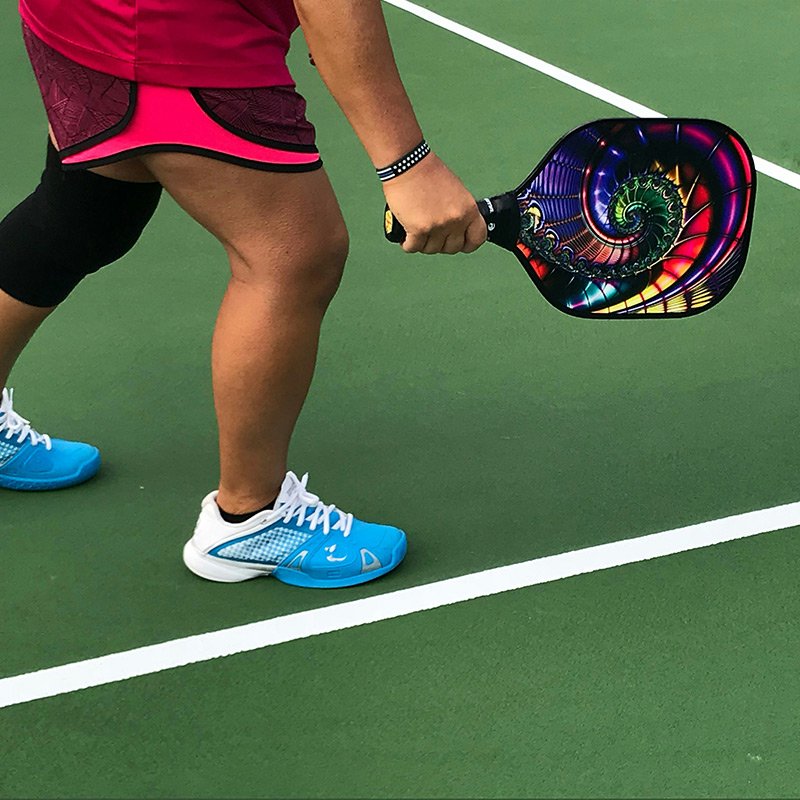
Precautions to Follow While Playing Pickleball After Knee Surgery
After the successful completion of your recovery period, you should be all set to return to pickleball. However, it is important to play the game with caution to ensure your replaced joint doesn’t cause further problems or complications.
A knee replacement surgery is an incredible fix for people diagnosed with chronic knee pain or arthritic knee and can provide them with a long-term solution and give them back their mobility and stability.
However, like any other procedure, it is a medical treatment that requires precautions afterward to ensure the new joint stays in the desired condition and doesn’t lose its place or get damaged.
And, the chances of damaging the newly-replaced knee are high especially when you are playing sports, even if the sport is a low-impact one like pickleball. Here are a few precautions that can help you protect your new, replaced knee from damage and help you play the game without worry.
Follow the Doctor's Instructions
Following the surgeon’s or therapist’s instructions is essential for a safe and complete recovery and avoiding further injury. Pickleball is a low-impact sport, but you still need to be wary of your movements and playing style to limit the stress on your replaced joints.
Start Slowly
Begin with a light activity or play only doubles games. This helps your replaced knee recover quickly. Then, gradually increase your intensity based on tolerance of the joint and the body.
Avoid Bad Shoes
As discussed above, proper footwear is not an option, but a necessity to ensure you don’t damage the knee or spark new complications. So, never compromise on your shoes and only enter the court with supportive, cushion shoes made specifically for playing sports like pickleball. These shoes not only help you with your knee but also enable you to perform supremely on the court.
Use Knee Pads for Stability
Knee pads can provide you with added stability and protection while playing sports, and should be worn by everyone, especially players who are playing pickleball after knee surgery.
Never Skip Warm-Up
Avoiding injuries while playing sports requires undergoing a proper warm-up or stretch before you take on the field, court, or playing space. Similarly, a simple warm-up or stretch can help you protect your knee as it gets your blood pumping before you begin the play.
Avoid Sudden Movements
Even after full recovery, it is essential to avoid sudden movements or twisting motions. Try to play the game with more focused and controlled movements.
Take Rest
Don’t forget to rest. Play the game in increments and have a breather when your body requires so. Skipping the break time is not a healthy practice and may lead to serious injury or damage to your newly replaced knee.
Which Sports You Can Play After Knee Replacement Surgery?
Having total knee replacement or orthopedic surgery doesn’t mean you can now participate or play the sports you could never before. In truth, the only sports you can play are the ones you could play before surgery.
For a few, this could even include high-impact sports. However, these few are exceptions, mostly professional athletes, who have years of experience in high-impact sports and are trained to endure high stresses.
Also, your general health plays a significant role in defining your overall mobility and ability to play or resume an activity. People with healthy bodies have better chances of returning to their favorite sports, while those with average or below-average health have to settle for low-impact activities.
Generally, almost every low-impact sport is considered safe for people who have undergone total knee replacement. These include pickleball, cycling, skiing, golfing, swimming, hiking, doubles tennis, and such. However, you still have to consult with your physician and take precautions while performing the activity.
Also, people with good general health could try their hand at intermediate-impact sports, while professionally trained can even resume high-impact sports like soccer and basketball with some precautions.
Which Sports You Should Avoid After Knee Replacement Surgery?
Though technically, you can play even high-impact sports after knee or hip replacement surgery, it is best not to. Activities and sports that require running, jumping, or sudden twists aren’t ideal for your replaced joint, which is fundamentally made of plastic and metal.
So, sports like running, soccer, or basketball should be avoided to ensure you don’t face any complications with the new knee and can enjoy a pain-free life.
Conclusion
People with chronic or long-term knee pain whose condition doesn’t improve with non-surgical treatments and physical therapy often have to go through knee replacement surgeries to regain their mobility and strength.
However, a knee replacement surgery or implant doesn’t mean you have to lay to rest the dream of playing sports ever again. The truth is you can play almost any low-impact sport, including pickleball, golf, doubles tennis, hiking, and swimming.
But it is important to take precautions while playing sports and play in moderation. In addition, you need to wear supportive shoes and knee pads as they cause less stress on your replaced joints and reduce the risk of pain and complications.
Proper nutrition is also important to accomplish your dream of playing sports like pickleball after a total knee or hip replacement surgery.
Lastly, you should pay heed to the advice of your physical therapist and don’t rush the process. A complete recovery from knee or hip replacement surgery takes time, and it is important to let your joints recover completely before returning to the court and resume sports.
Remember, the key to returning to sports after knee replacement surgery is patience, proper preparation, and listening to your body and healthcare providers.
FAQs
Can you play pickleball after knee replacement surgery?
Yes, you can get back to pickleball after the knee replacement surgery once you have undergone the required rehabilitation and completed the physical therapy. Any low-impact activity or exercise is okay as long as you play in moderation and with some caution.
That said, it is not recommended to play high-impact activities or go running in ultra-marathons after a knee replacement, as excessive stress could lead to further complications and pain in your knees.
Can you squat after knee replacement?
Yes, you can squat after knee replacement, but it typically requires time, proper rehabilitation, and medical approval. Initially, deep squats may be challenging due to limited range of motion and strength. Physical therapy will help improve flexibility and strength around the knee joint. Gradual progression from partial to deeper squats is often recommended.
It’s essential to follow your surgeon’s and physical therapist’s guidelines to avoid overloading the joint and ensure proper healing. Always consult your healthcare provider before starting or advancing any exercise regimen post-surgery.
What is recovery like after knee replacement surgery?
For most patients, the recovery from knee replacement takes about 3 to 6 months. In this period, the first few weeks are the most challenging as you have to gradually learn to walk and move again.
Next comes physical therapy and muscle-building exercises, like riding a stationary bike or walking to strengthen the leg muscles and become accustomed to the new titanium knee.
Which surfaces are best for playing pickleball after knee replacement?
Soft surfaces like grass, artificial turf, or carpet are best for pickleball after knee replacement, at least initially. They help you ease your way back into the game and reduce the risks of further injuries and complications.
Gradually, you can make your way to harder surfaces like concrete or asphalt, but it is best to begin with grass. The low-impact nature of the sport, coupled with more forgiving soft surfaces like grass, make it perfect for anyone recovering from hip or knee replacement injury and people with weak, injured, or arthritic knees.



